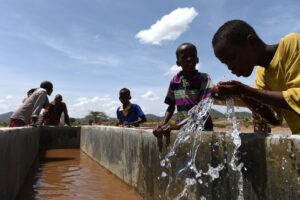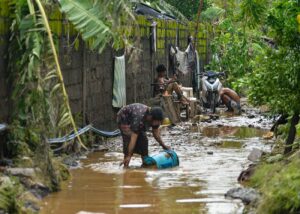
Argentina’s record-breaking 2022 heatwave made ‘60 times more likely’ by climate change
Ayesha Tandon
12.21.22Ayesha Tandon
21.12.2022 | 1:51pmThe record-breaking heatwave that hit northern Argentina and Paraguay in early December was made about 60 times more likely by human-caused climate change, according to a new rapid attribution study.
Over 4-12 December, temperature records tumbled across Argentina, as 24 weather stations recorded temperatures above 40C. Rivadavia station, located near the border with Bolivia and Paraguay, recorded a maximum temperature of 46C on 7 December – the hottest temperature recorded in the world that day. The hottest week in this period was over 4-10 December.
The World Weather Attribution (WWA) service finds that, in the study region, a week-long heatwave of this intensity is expected once every 20 years in today’s climate. It adds that climate change made the heatwave 1.4C warmer. And if global warming were to hit 2C above pre-industrial levels, a heatwave of this intensity would be “about four times more likely than it is now”, the study says.
The impacts of the severe heat were compounded by the droughts that have been plaguing South America for years. Argentina is in its third consecutive year of drought, while Chile is facing a decade-long “megadrought”.
The WWA team told a press briefing that this is their first rapid attribution study on extreme heat in South America. They add that they will conduct a separate rapid attribution study on drought in South America next year.
Historic heat
Across South America, 2022 has been a year of sweltering temperatures. The year kicked off in January with a chart-topping heatwave, in which most of Argentina – as well as neighbouring Uruguay, Brazil and Paraguay – recorded their hottest days in history.
Across Argentina, more than 50 cities recorded temperatures above 40C, and five registered their highest temperatures in at least 50 years. For a time in January 2022, Argentina was the hottest country on the planet. The “historic” heatwave triggered uncontrollable wildfires, hundreds of thousands of people faced power cuts and the government announced a state of agricultural emergency.
Following relative respite over the cold season, temperatures across South America picked up in September, and intense heatwaves lasted throughout October and November.
Heatwave insanity continues in South America.
— Scott Duncan (@ScottDuncanWX) October 1, 2020
These are profound records and could get beaten on consecutive days.
Some parts of these countries are facing blackout, water shortage and wildfire.
This is an emergency. pic.twitter.com/OF5SmQfF7z
Dr Juan Rivera from Argentina’s National Scientific and Technical Research Council is a co-author on the new study. He told the press briefing that for some regions of Argentina, 2022 was the first time in a 60-year record that heatwaves were recorded as early as November.
A large area centred around parts of Argentina, Bolivia, Chile, Paraguay and Uruguay experienced record-breaking temperatures during two consecutive heatwaves in late November and early December 2022, the study says.
Over 4-12 December, 45 stations across Argentina recorded heatwave conditions, according to the National Meteorological Service of Argentina. Temperatures exceeded 40C in 24 of these locations, and exceeded 45C in four of them. Rivadavia station, located near the border with Bolivia and Paraguay, recorded a maximum temperature of 46C on 7 December – the hottest temperature recorded in the world that day.
During the heatwave, temperatures rose 10C above the seasonal norm for several days in many regions, and nine locations in northern Argentina registered their highest maximum temperature of December since at least 1961.
HILO: Llevamos días enfrentando una intensa #OlaDeCalor fenómeno global que ha afectado a todo el #HemisferioSur 🌎🔥 Esto provoca a su vez la propagación de #IncendiosForestales, como los activos hace una semana en #TierraDelFuego destruyendo cientos de hectáreas de ecosistemas. pic.twitter.com/rQ1e8iZR7J
— Fundación Glaciares Chilenos (@glaciares_ong) December 9, 2022
During the heatwave, power cuts in Buenos Aires – Argentina’s capital – impacted more than half a million people, as energy demand soared.
Roop Singh – a climate risk adviser at the Red Cross Red Crescent Climate Centre – told the press briefing that early season heatwaves such as this one tend to be more deadly, because people are not yet accustomed to the higher temperatures.
She added that intense heat is likely to have caused heat-related deaths, which impact poorer and marginalised communities more severely. However, she said that the full impact of the intense heat will only be known in a few weeks, once mortality statistics have been estimated.
Meanwhile, the intense heat compounded the impacts of a drought that has affected Argentina for years, causing sharp declines in the country’s wheat harvest. Argentina produced a record 21m tonnes of wheat in the last growing season, but is expected to produce only 14m this year, in its worst harvest in seven years.
Week of heat
The hottest week of South America’s December heatwave, measured using the average of daily maximum temperature, was recorded over 4-10 December.
The map below shows the average daily maximum temperature over this time. Purple indicates colder temperatures, and yellow indicates hotter temperatures. The black outline indicates the study region. Blue represents the major cities of Cordoba, Rosario and Buenos Aires. The crosses show the weather stations used in the study.
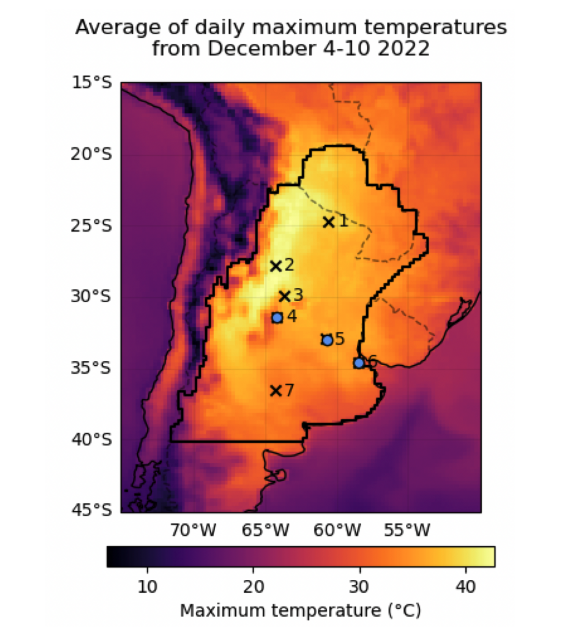
To put the heatwave into its historical context, the authors analysed a timeseries of observational temperature data over 1950-2022. Argentina’s National Weather Service gave the WWA team temperature data from seven weather stations in the study region.
The plots below show the seven-day annual maximum temperatures at each station over 1960-2022. The black line shows the station data, while the red and green lines show estimates of temperature using the ERA5 reanalysis dataset – which combines model and observational data – for the grid cell nearest the weather station and for the whole study region, respectively. The plots highlight how maximum temperatures have risen over the past 60 years.
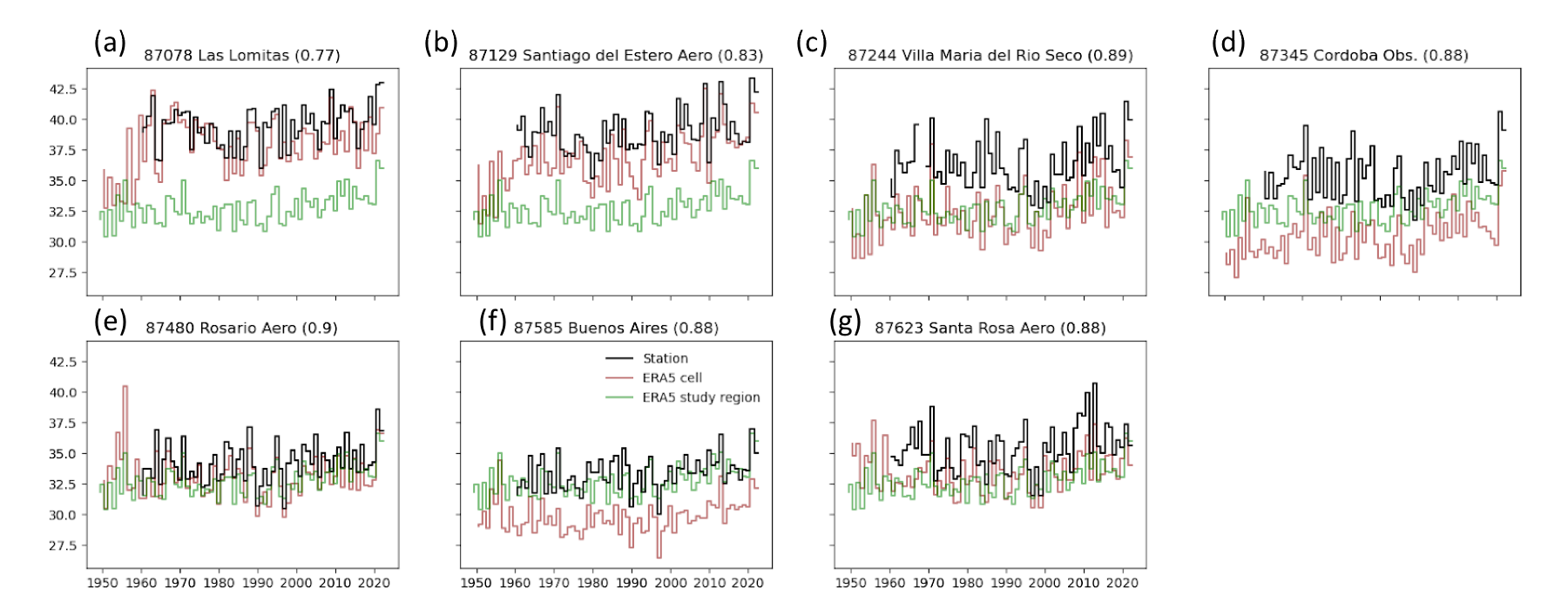
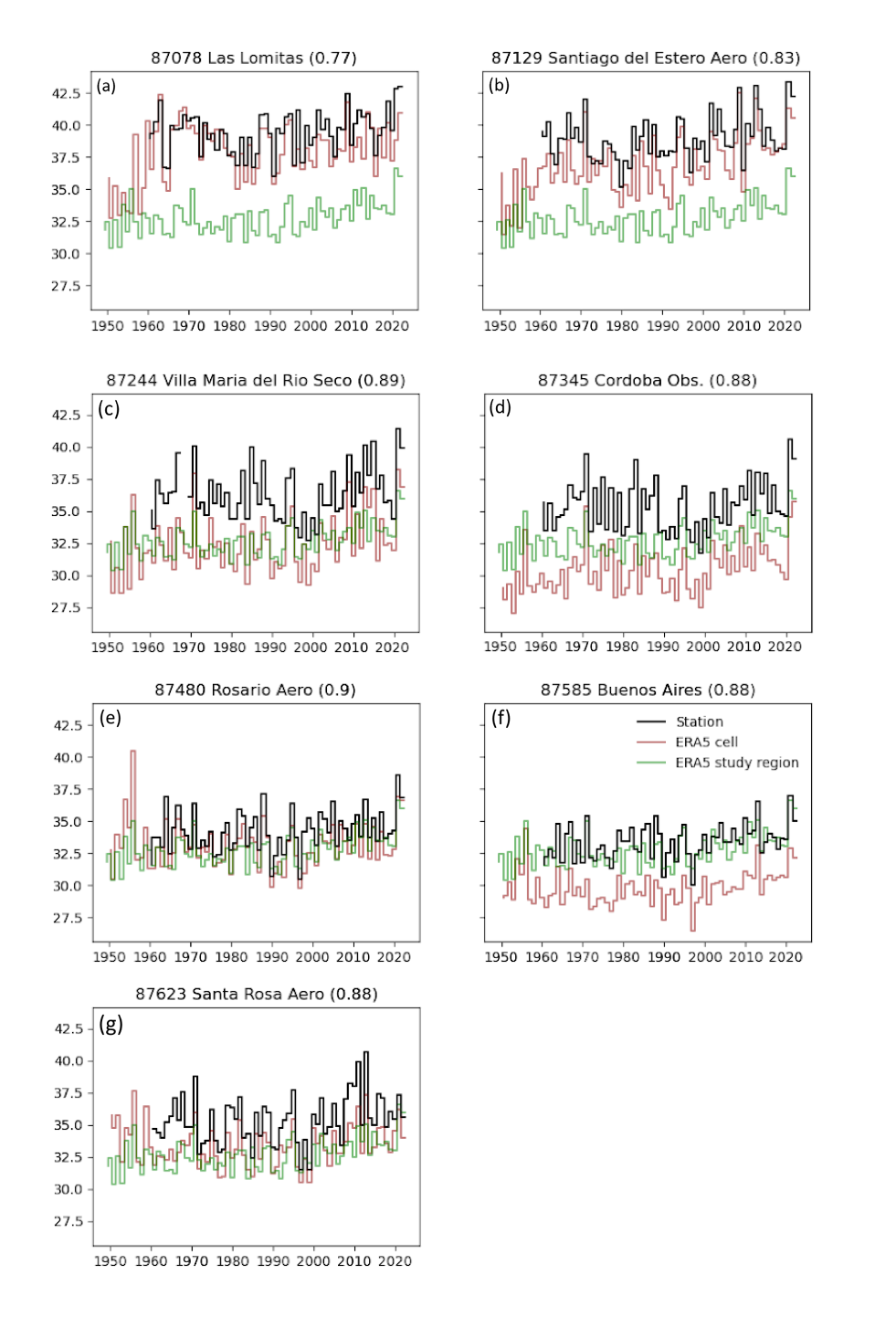
For each of these stations, the authors assess how likely the 2022 December heatwave was in its historical context. They find that, across the seven stations, the week-long December heatwave had a “return period” ranging from four to 40 years, reflecting how frequent such a heatwave would be expected in today’s climate, which is around 1.2C warmer than pre-industrial times.
They add that the heat was more extreme towards the north-west of the region.
Attribution
Attribution is a fast-growing field of climate science that aims to identify the “fingerprint” of climate change on extreme-weather events, such as heatwaves and droughts. To perform attribution studies, scientists use models to compare the world as it is today to a “counterfactual” world without human-caused climate change.
This marks the first time that the WWA team has analysed extreme heat in South America.
Overall, the study finds that an event like the December 2022 South American heatwave is expected once every 20 years in today’s climate. This is 60 times more likely than if humans had not been warming the world. The authors add that climate change made the heatwave 1.4C warmer.
“Without human-induced climate change, this type of heatwave would have been very unlikely to occur,” Prof Paola Arias – professor at Colombia’s Environmental School of the University of Antioquia and co-author on the study – told the press briefing.
The authors also note that if global temperatures rise by a further 0.8C, to reach a total warming of 2C, a heatwave of this intensity would be around four times more likely than it is now, the study says. Meanwhile, a one-in-20 year event would be 0.7-1.2C hotter.
Dr Frederieke Otto – senior lecturer in climate science at the Grantham Institute for Climate Change and the Environment at Imperial College London and co-author of the study – told the press briefing that the team will publish an attribution study on the South American drought next year.
(The new findings are yet to be published in a peer-reviewed journal. However, the methods used in the analysis have been published in previous peer-reviewed attribution studies.)
Update: This article was updated on 23/12/22 to note that, under 2C of warming, a heatwave of the same magnitude as seen in December 2022 would be around four times more likely than it is now, rather than expected once every four years.
-
Argentina’s record-breaking 2022 heatwave made ‘60 times more likely’ by climate change


